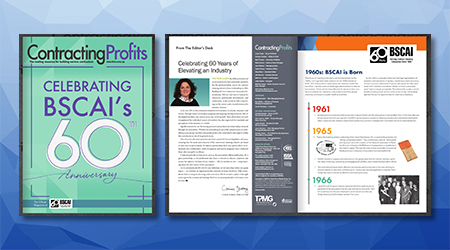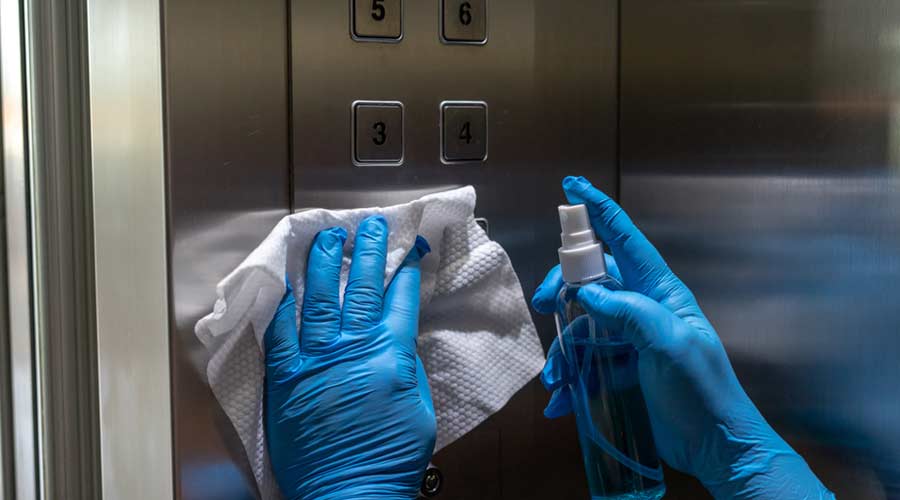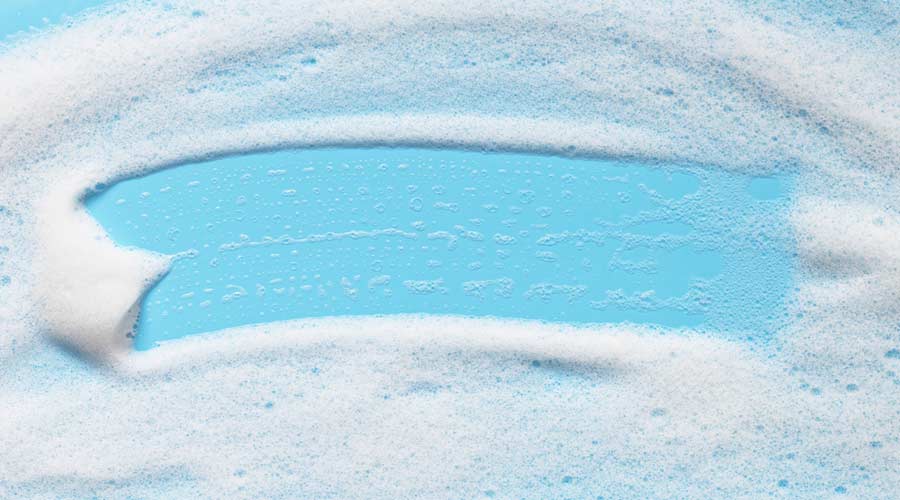 Case Studies & White Papers
Case Studies & White Papers
Case studies & white papers for the cleaning professional
Improving Efficacy With Ultra-Violet Light
Environmental cleaning provides just a snap shot of meeting the standard of cleanliness in a patient’s room. Why is that? It is because the moment someone enters the room without observing appropriate personal protective equipment, the room is compromised. More importantly, when the room is cleaned the question comes up…Really how clean is the room? Are the germs in the room killed and removed?
The title “Housekeeping” has been upgraded to “Environmental Services,” so it stands to reason that the results of what Environmental Services does in disinfecting areas receives an upgrade too. The efficacy of what Environmental Services does in a patient’s room has been suspect for decades. Nursing and patients have been in limbo wondering if the germs are really killed in the patient’s room…is it safe for the family members in the room? Am I going to get sick by touching something in the room that was just cleaned?
Environmental Services now has a means to determine whether their work is efficacious or not. This is by means of using a fluorescent substance to mark high touch areas and routine areas in a patient’s room prior to the room being cleaned. Then, using a Ultra-Violet light, go over all the spots where the fluorescent marker has been placed to see if it has been removed. The following are the results of what was done at Regional Medical Center Bayonet Point to improve the efficacy of their work:
TRIAL START MONTH: OCTOBER 2011
Touch surfaces cleaned: 530
Touch surfaces missed: 211
Total surfaces surveyed: 741
Percentage of compliance during training: 72%
NOVEMBER THROUGH FEBRUARY
Touch surfaces cleaned: 3,936
Touch surfaces missed: 401
Total surfaces surveyed: 4,337
Percentage of compliance during training: 91%
By Glen Baker HCFC CHESP, Director of Environmental Services, Regional Medical Center, Bayonet Point Hospital, Hudson, Fla.

 Celebrating BSCAI's 60th Anniversary eBook
Celebrating BSCAI's 60th Anniversary eBook The Down and Dirty on Cleaning in Virus Season
The Down and Dirty on Cleaning in Virus Season How Surfactant Use is Expanding in Commercial Cleaning
How Surfactant Use is Expanding in Commercial Cleaning